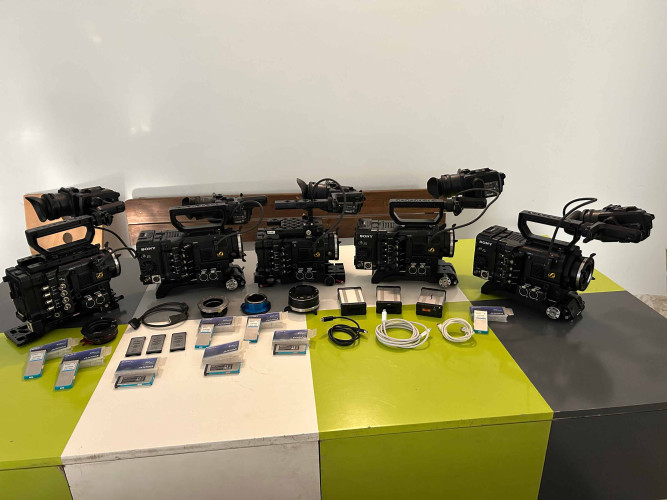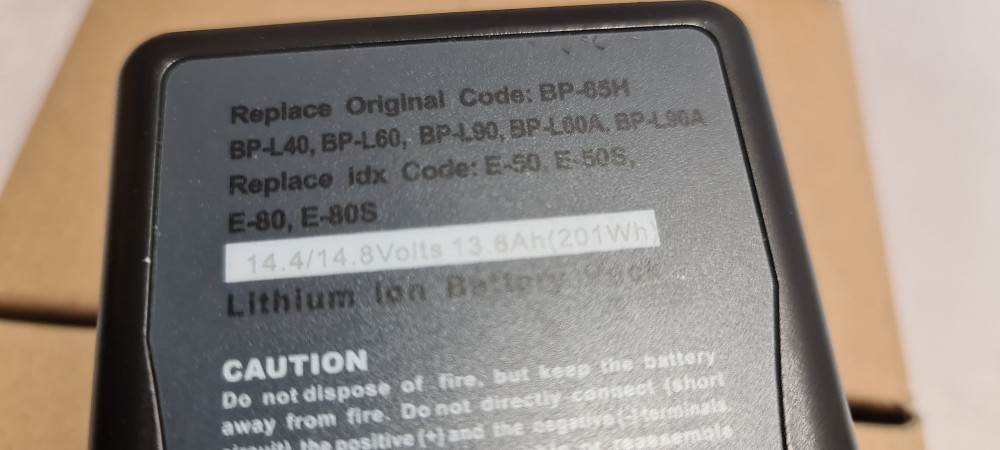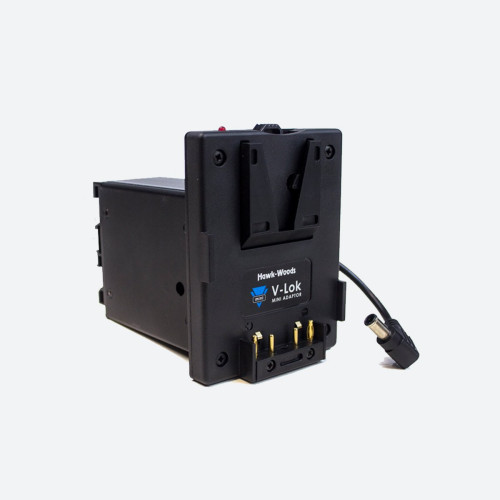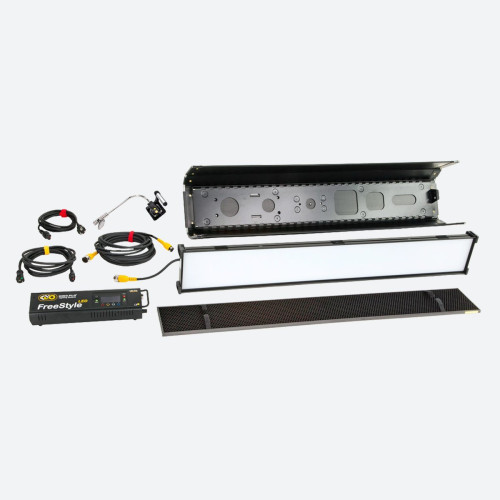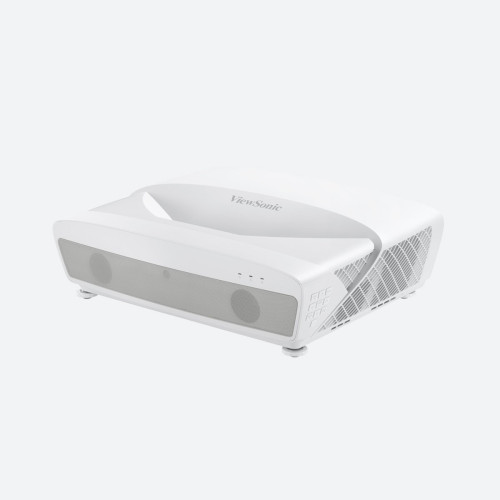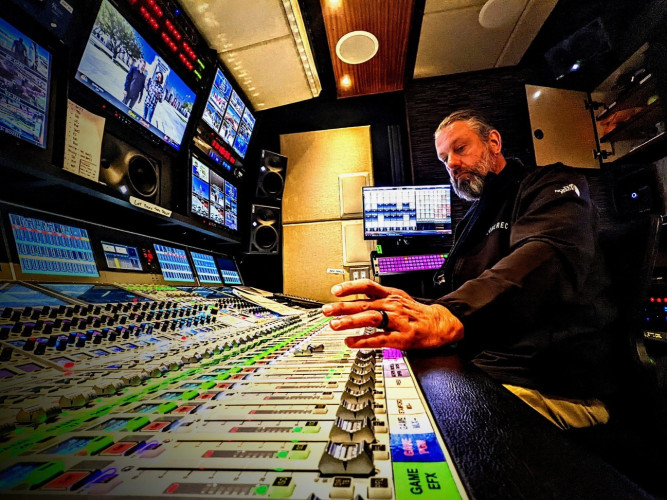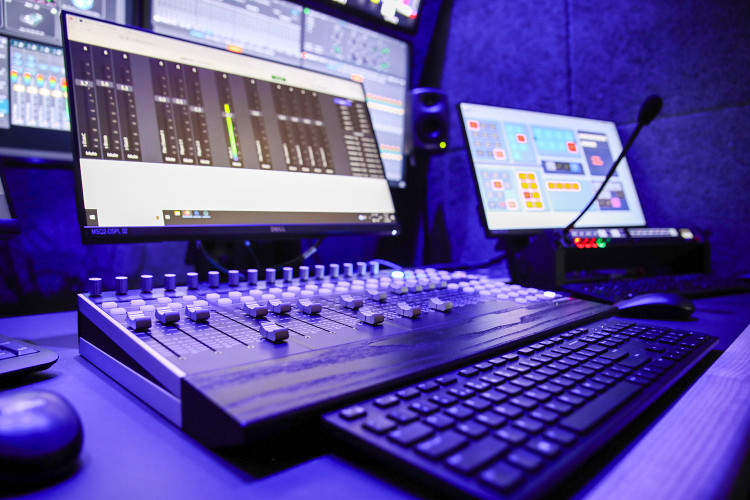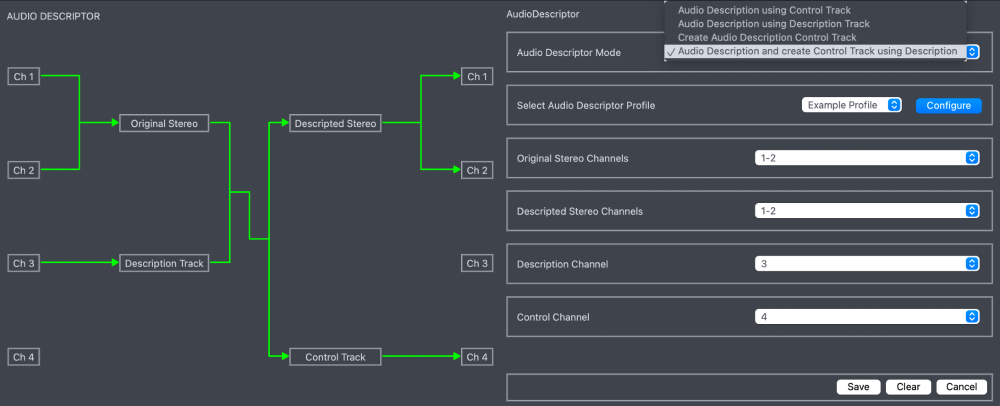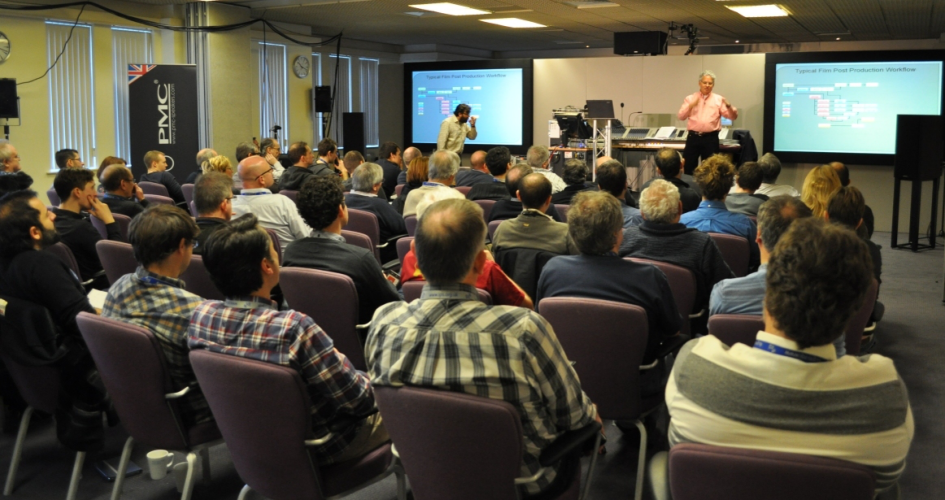Audio phase: Robin Palmer asks why it is wobbly?

Author: Robin Palmer
Published 1st June 2013
Phase meters and audio vectorscopes are to be found on most test kit involved with audio monitoring. This is important because left/right audio correlation problems between the channels will distort the stereo ‘image’ and could degrade mono compatibility. If left and right phase should ever be inverted, any centered identical audio would be cancelled out by combination into silence.
A simple solution is to view audio phase graphically using a Lissajous display (after the French mathematician). This based on the oscilloscope principle where the left audio is fed directly to the X deflection and the right to the Y. This produces fascinating dynamic curves and lines and shows the general phase relationships between the signals. To make a practical instrument, what most audio vectorscopes do is to show left minus right on the X axis and left plus right on the Y.
This makes for a vertically centered line or blobs if the audio is correctly in-phase and horizontal lines or blobs if a phase reversal is present. Because of the wide dynamic range of audio signals, automatic gain control is usually applied to the display scaling so you can always see something meaningful. The left diagonal 45 degree axis presents the left component and the opposite 45 degree diagonal is the right channel’s contribution. In stereo audio and particularly with music, there are continual random phase variations with the cacophony of notes and sound frequencies analysed. This is what gives the wobbly appearance to the vectorscope display except for single pure tones.
Traditional audio phase meters simply show a processed and smoothed average of the relative phase between the left and right channels. This is done essentially by multiplication and filtering. There is no one specific standard for phase meter characteristics. Most usually the scale is marked +1 through centre zero to -1 or sometimes 0 to 180 degrees. The needle in the centre zero is and in the positive half of the scale indicates acceptable mono compatibility, whereas negative readings warn of a potential compatibility problem.
The audio vectorscope generally is much more agile in its responsiveness because it really is direct audio to the screen.
Audio vectorscope displays are not designed to show levels, so should be used in conjunction with audio bar-graphs or metering. The value of vectorscope display it that it provides easily recognised visual cues for stereo source positioning and relative phasing between channels. The wobbly curves take on various characteristics and shapes when the audio signals are sourced in particular ways. For example, stereo recordings made with spaced microphones are very easy to distinguish from ones made with coincident pairs. Alignment errors between channels and numerous other subtle fault conditions become extremely obvious on an audio vectorscope well before they become usually audible. Clipping gives rise to flat lines. These appear on the diagonals if the clipping is on both channels.
Frequently these days the audio vectorscope and phase meter are implemented entirely in software like those in the Cel-Soft Reel-Check Solo package. Being software based has the advantage that you can display as many as needed on screen simultaneously for every left/right pair in the audio stream components of the media.
Robin Palmer is Managing Director of Cel-Soft and is tooled-up with solutions for 3D & TV quality control and measurement technology.



